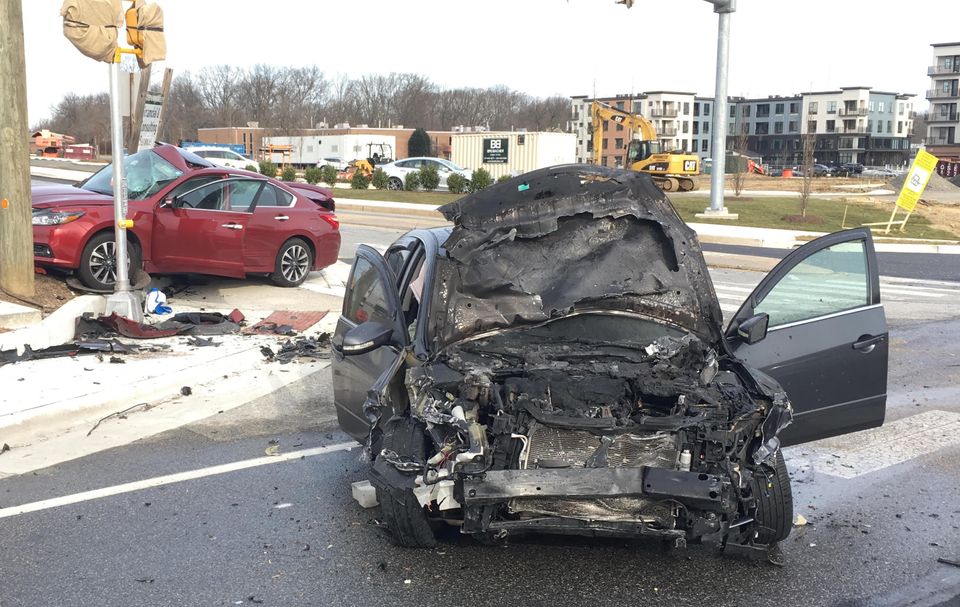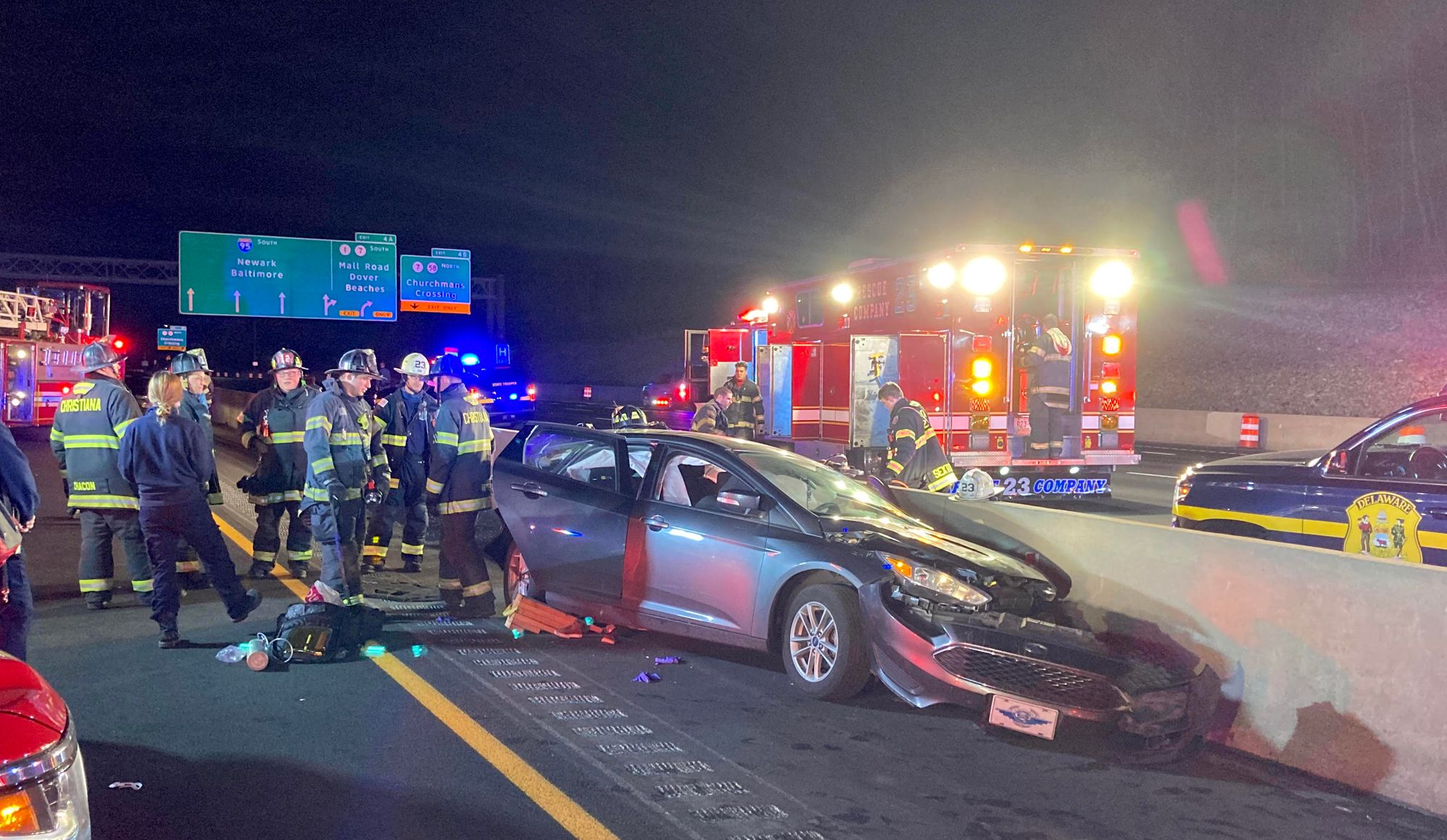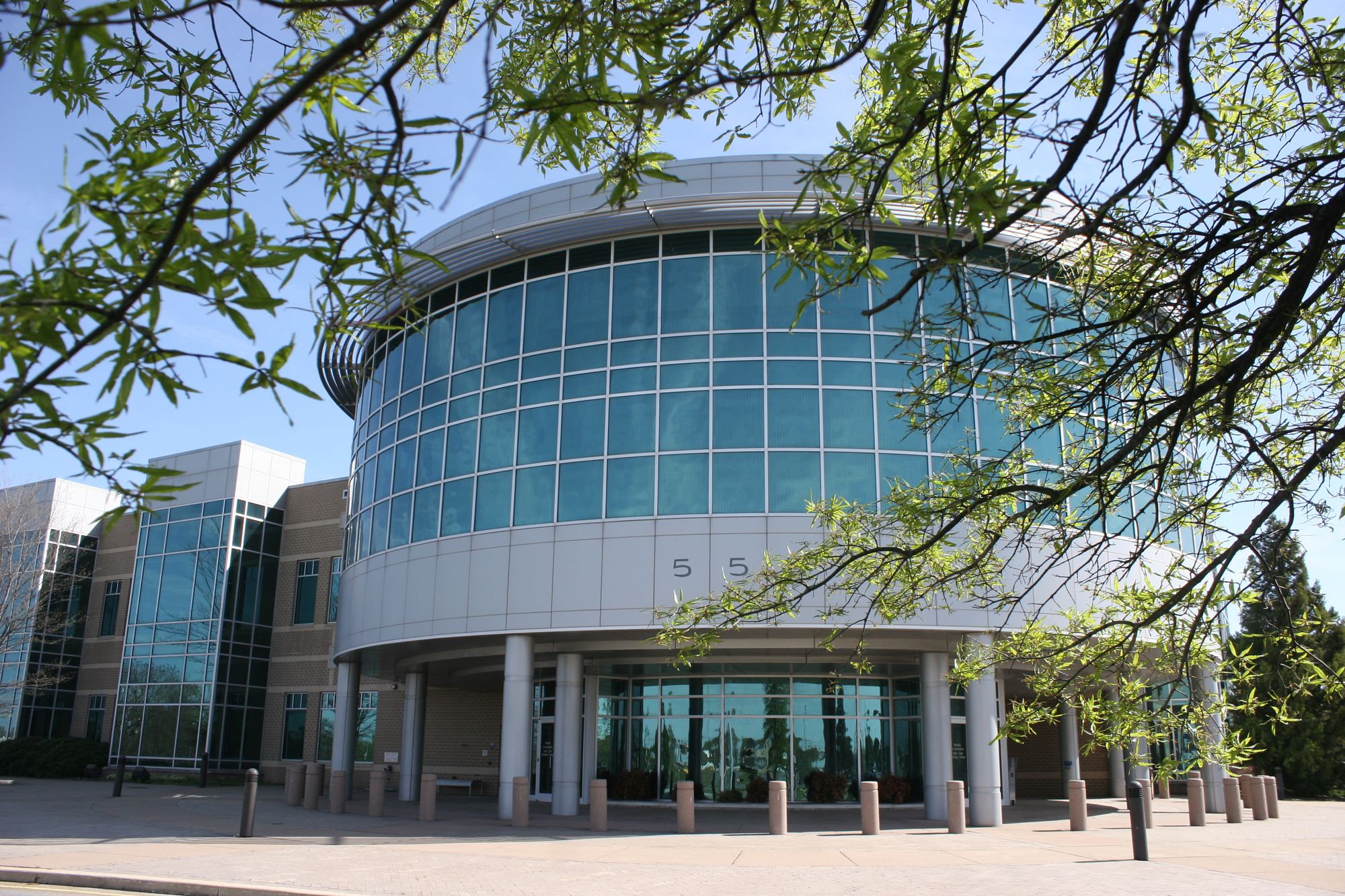As road deaths rise in Delaware, what can be done to save lives?

Cars are useful, convenient and kill people. A lot of people, actually.
And they’re killing more than ever in Delaware, as the state is already on pace for a more deadly year than it saw in 2021.
Last year 139 people died on Delaware roads, according to the Department of Transportation. (Note: This has been updated to correct the number.)
“That’s the highest that we have had in the last 15 years,” Nicole Majeski, DelDOT secretary, said.
As of May 4, this year has already seen 47 fatalities according to state statistics, as compared to 31 last year at this time. That’s 16 more people dead, an increase of more than 50 percent over already high levels.
Nationwide, roughly 35,000 people die on roads each year, a number that has been slowly ticking up in recent years, according to National Highway Traffic Safety Administration data.
“We have a problem,” said James Wilson, executive director of the advocacy group Bike Delaware. He, like Majeski, was addressing a summit on road safety outside Legislative Hall in Dover last Tuesday. The annual event usually focuses on cyclists, but this year it became the Everyone Gets Home Summit, broadened to look at vehicle safety and reducing road deaths in general.
“(Transportation Secretary Pete) Buttigieg characterizes the traffic fatalities in America as a crisis on our roads, and we need solutions,” Wilson said.
These are some of the fatal crashes from southern Delaware this year, many of which have appeared in the Delaware Independent’s weekly newsletter.
- Ryan Carbajal, 17, of Georgetown, died in a head on collision on Route 9 on Jan. 1
- Josephine Fleming-Lloyd, 13, of Frankford, died after the car she was riding in crashed with a flatbed truck on Jan. 17
- Dylan M. Rodriguez, 18, of Delmar, was ejected from a truck when it left the road and crashed on Feb. 13
- Katelyn P. Irwin, 18, of Rehoboth Beach, died when the car she was riding in missed a turn at a split intersection and ended up in a head on collision on March 26
- Frank Breeding, 79, of Greenwood, died in the hospital April 29 after a crash with a tractor-trailer in the Seaford area.
“This is the issue that weighs on us the most,” Majeski said. “This is what keeps us up at night … we get an alert every single time there’s a serious accident on one of our roadways.”
The reason cars kill people isn’t very complicated. We strap ourselves into metal and fiberglass frames and proceed to hurtle around at speeds humans weren’t built to travel.
Or, as an engineer might put it, “When a crash occurs, the forces involved exceed the human body’s ability to tolerate said crash experience.” That was how David Petrucci, a senior safety engineer with the Federal Highway Administration, framed the problem. “High school physics 101, coming back to haunt us.”
How to solve the problem is much harder.
“It’s people in multi-ton machines traveling at speeds from 25 to 75 miles an hour, interacting with people and cyclists and buses. That is an extremely complex problem,” said Mark Luszcz, deputy director of design with DelDOT.
Also, officials can make traffic rules, but they can’t prevent people from making dumb decisions. State crash statistics show that impaired or distracted driving are some of the biggest factors in crashes.

That said, highway engineers are looking closely at different ways to help. Some of the main strategies they focus on are reducing speeds and designing better intersections, as well as making it easier for drivers to avoid mistakes.
One way to do this is roundabouts. You’ve probably noticed more of these in recent years, and more are on the way, officials say. Luszcz said the state has 29 roundabouts already, with dozens more in various stages of design and planning.
Not all drivers love them, but when it comes to safety they perform much better than intersections with traffic lights and accidents are often at lower speeds.
Replacing a stop sign with a traffic signal, in fact, might not be a good idea.
“It’s a public perception that traffic signals solve all the world’s crash problems,” Luszcz said. “And on average, we’re increasing injury crashes when we put in traffic signals.”
Overpasses, like roundabouts, eliminate traffic lights and can significantly reduce both crashes and the severity of the crashes that do happen. The state plans to install quite a few overpasses on Route 1 and Route 113 over the next decade, and is almost ready to start work on the intersection at routes 1 and 16.
Speed is another incredibly important factor.
For example, according to one AAA study, a pedestrian hit by a car going 23 miles per hour has a 10 percent chance of being killed. That shoots up to 25 percent at 32 miles per hour and 50 percent at 42 miles per hour.
In other car crashes, the fatality numbers shoot up in a similar way. There are big differences in the severity of crashes even between 40 mph and 50 mph, another AAA study found – high school physics again. And when the speed limit is increased from 55 to 65, fatal accidents go up 28 percent, one study cited by the Federal Highway Administration found.
Current and former DelDOT officials suggested speeding could be reduced by measures like speed bumps or speed cameras. Even human psychology plays a role, as when roads are designed thinner and without paved shoulders, people don’t drive as fast.
Thirty years ago, Luszcz said, when designing a rural road going through a developing area, they might have upgraded it from, say, two 10 foot wide lanes to a road with 12 foot lanes and 8 foot wide paved shoulders. Now, they think that’s too big. Intuitively, a wider road might seem safer, but Luszcz said drivers who feel like they’re on a wide open road drive faster.
Unfortunately for people trying to reduce road deaths, speed is exactly what many drivers want, and they often resent speed bumps and definitely don’t like traffic cameras.
“If you had more automated enforcement (i.e. traffic cameras),” Luszcz said, “I think that would help us significantly (with) slowing speeds down.”
Former DelDOT secretary Anne Canby recalled that when the state was putting in the E-ZPass system, the idea that it might catch people speeding and lead to penalties was a huge concern.
“And we had to make sure that was not going to happen,” she said, otherwise they may never have gotten E-ZPass.
DelDOT works for the people, Luszcz said.
“If we don’t have public support for something, we can’t do it. So there’s been projects that … we’ve done everything to show, this is what the safety benefit’s going to be .. and if the public doesn’t buy it, we can’t do it.”
Traffic deaths can be reduced – Petrucci cited Sweden, the Netherlands, Australia and New Zealand as examples. They have reduced fatalities 50 percent or more in the last few decades, per the World Resources Institute.
But looking at the Netherlands, Luszcz said a public uprising decades ago helped lead to some of the changes in the way they did transportation and land use.
“We haven’t had that,” he said. “... And so making major changes can be hard.”
How do you think Delaware should respond to road deaths? Email us at mail@delawareindependent.com.
More stories:


For paying subscribers:

